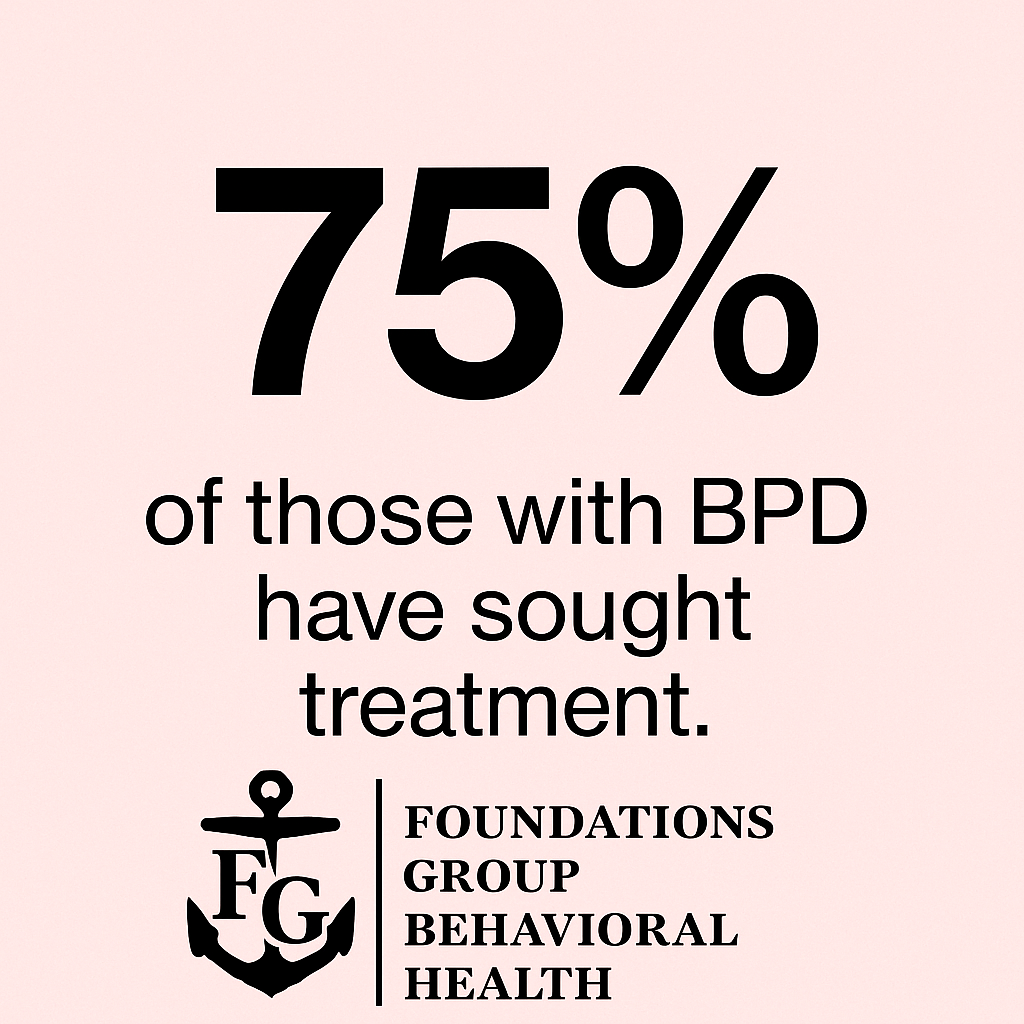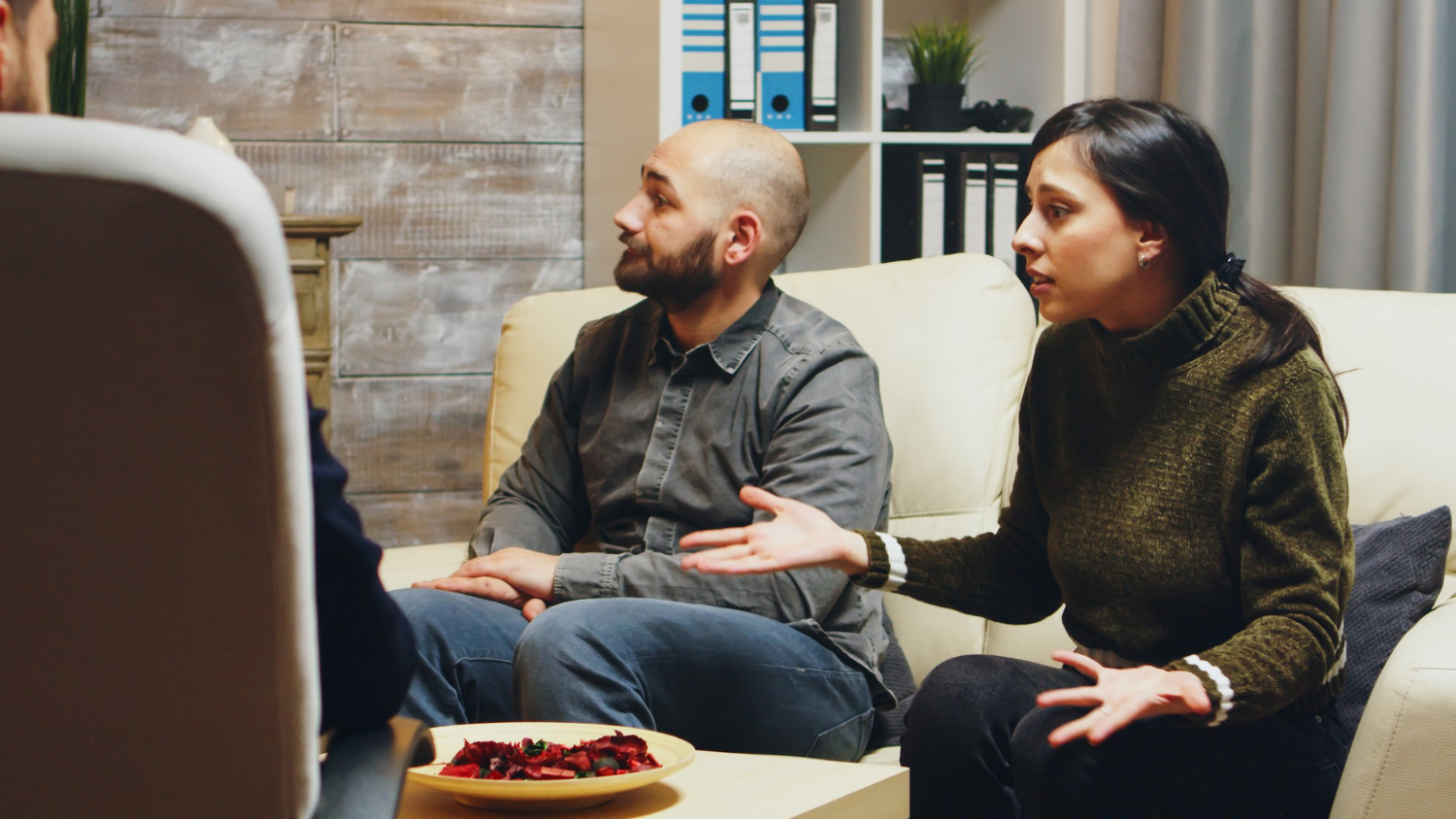I didn’t want to fight anymore.
I didn’t want every conversation to feel like walking on broken glass, or every relationship to feel like a test someone was going to fail. I didn’t want to keep spiraling, isolating, exploding, or explaining. I didn’t want the people I loved to keep backing away from me like I was a bomb with a faulty timer.
But I also didn’t want to become someone else.
I didn’t want to be emotionally bland, or overly therapized, or the person who smiles when they’re actually furious just because it’s “healthier.”
So I stayed stuck.
Between the desire for peace and the fear that peace meant giving up the fire that made me feel alive—even if it was killing me.
When chaos is familiar, it starts to feel like home
It took me years to admit that conflict didn’t just happen to me. I was creating it.
Not because I wanted to—but because it felt safer than silence. Conflict meant people were still in it with me. Still reacting. Still there.
Without it, I felt invisible.
Unimportant.
Unloved.
And if you’ve lived with a personality disorder—especially something like BPD or histrionic traits—you might know this too well: the intensity is exhausting, but the alternative feels unbearable.
So you keep chasing that high. The connection. The closeness. Even if it means chaos.
I was terrified treatment would take away the most real parts of me
The first time a therapist gently suggested Personality Disorder Treatment, I recoiled.
Not because I didn’t need help—I did. But because everything in me screamed, “If I change this, who even am I?”
I thought being bold, intense, wildly emotional was my identity. I thought if I lost that edge, I’d lose myself.
And honestly? That fear kept me stuck for years.

What I learned: Treatment didn’t erase me—it unburied me
At Foundations Group Behavioral Health in Falmouth County, I found a treatment approach that didn’t ask me to be quiet or compliant. They didn’t ask me to tone it down, toughen up, or swallow my feelings.
They asked me to get curious.
To look at what those feelings were doing to me.
To notice the moments when I wasn’t reacting to the present—but to every abandonment I’d ever survived.
Through DBT, individual therapy, and group work, I found tools that helped me name emotions before they detonated. I learned how to pause, not to suppress—but to choose.
That’s what changed everything.
Not that I felt less—but that I finally had space between the feeling and the fallout.
Learn more about how Personality Disorder Treatment works.
I kept my fire—but stopped burning everything down
This is the part I wish someone had told me sooner.
You don’t have to become emotionally numb to get better.
You don’t have to trade authenticity for stability.
You don’t have to lose your voice to find peace.
What treatment gave me was range.
Now, I can express anger without going scorched-earth.
I can feel joy without waiting for the crash.
I can sit with discomfort instead of filling it with drama.
I didn’t lose my identity—I gained agency.
You can stop performing pain to be believed
For years, I thought I had to prove I was hurting.
If I didn’t cry loud enough, withdraw long enough, or rage big enough—no one would get it. No one would see me.
But healing taught me something else:
Pain doesn’t have to be a performance.
I can ask for help in a whisper now—and still be heard.
That changed how I show up in every relationship.
I’m no longer holding people emotionally hostage just to feel safe.
I’m showing up with vulnerability, not volatility.
And people? They don’t walk away anymore. They walk toward.
FAQs: What People Ask When They’re Scared of Losing Themselves in Treatment
Will treatment make me boring?
Not at all. Treatment helps you develop emotional flexibility—not emotional flatness. You’ll still feel deeply and care passionately. But you’ll also have the capacity to choose when, how, and whether to express it.
What kind of therapy helps most with personality disorders?
Many treatment centers use Dialectical Behavior Therapy (DBT), which focuses on emotional regulation, distress tolerance, and interpersonal effectiveness. Schema therapy, mindfulness, and psychodynamic work are also common. A good program tailors care to your needs.
What if I’ve been misdiagnosed before?
That happens—especially if you’ve masked well or cycled through different therapists. A reputable Personality Disorder Treatment program will reassess you carefully, with trauma-informed care. Diagnosis isn’t a label—it’s a starting point.
Can I still have relationships while I’m healing?
Absolutely. In fact, many people find their relationships improve with treatment. You’ll develop new ways to connect, set boundaries, and repair ruptures without drama. Some programs also offer family education and support for loved ones.
Will I still feel like myself?
Yes—just more grounded. More present. More whole. Treatment doesn’t take away your spark. It teaches you how to protect it.
Real talk: I didn’t lose myself—I finally met myself
Before treatment, everything felt like survival.
Every conversation a test.
Every silence a threat.
Every relationship a tightrope.
Now? I feel like I can breathe.
I still have days where my brain wants to spiral, where old patterns knock. But I don’t answer the door the same way. I don’t have to.
That’s the real gift of healing.
Not becoming someone else.
Becoming someone who doesn’t have to live in constant fight-or-flight just to feel real.
If you’re done with conflict—but not done being yourself—there’s a path forward.
Call 888-685-9730 or visit our Personality Disorder Treatment program in Falmouth County.
Let’s find out who you are underneath the fear—and help that person take the lead.








